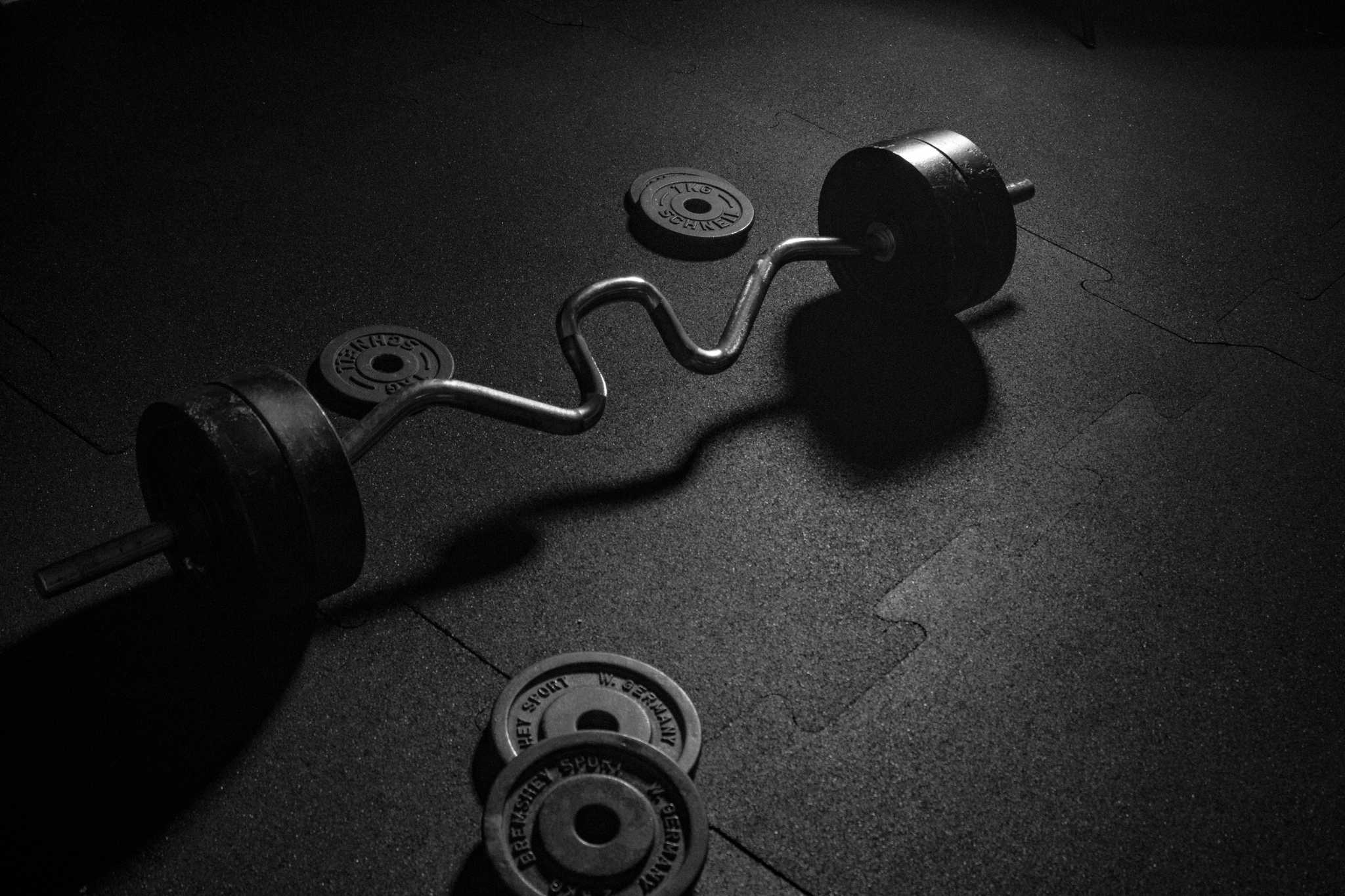Choosing the Proper Barbell
Sunday, March 27, 2022 - 4 min read.

Purchasing a quality barbell is a long-term investment. However, with the many kinds of barbells out there, you need to invest in the one that will be the most suited for your goals.
Before jumping into the specifics of choosing the right barbell for your goals, let us examine the anatomy of the barbell.
Parts of a Barbell

Shaft: The main length of the barbell.
Sleeves: The portion of the barbell where you load plates onto.
Bearings & Bushings: The mechanisms that sit inside the barbell and allow the sleeves to spin. Bearings result in faster spin, and bushings, which are more common, allow for less spin.
Collar: Prevents the plates from sliding onto the shaft.
Knurling: The crosshatch pattern of the shaft that allows for better grip.
Knurling Marks: Smooth rings on the barbell that sit approximately 36 inches apart. They’re used to help you better find your grip width.
Fastener: Holds the sleeves in place that’s attached to the shaft.
Endcap: A circular piece of plastic or metal at the end of the sleeves that helps hold them in place.
Barbells have a length that ranges between four to eight feet long, with a diameter ranging from 25 to 32 millimetres. 20 kilograms (45 pounds) is the most common weights for barbells, with power bars, barbells meant for heavy powerlifting sessions, weighing up to 25 kilograms (around 55 pounds).
While there’s many types of barbells, we will focus on the following four: the standard barbell, the weightlifting barbell, the power bar and the hex barbell.
The standard barbell is the jack of all trades. A straight steel pole, it can be used for a range of workouts, including bench press, squat, deadlifting and overhead press. Outside of serious powerlifting, this barbell is right for any other form of lifting. This is the right choice for lifters without a specialty.
The weightlifting barbell is mainly used used by people who train for olympic weightlifting. Similar to the standard bar, they have some slight variations designed to support the weightlifting demands of the sport, all while enhancing performance and reducing the risk of injury.
Built with a special kind of steel, these bars have a greater whip and bounce, making it so that they can be used for specific movements such as the clean and jerk.
Similar to the weightlifting bar, the power bar, also known as the powerlifting bar, is very similar to the weightlifting barbell in shape. However, while Olympic bars have a slight flex to them, power bars are much more rigid because they need to hold more weight. Built with a higher quality of steel, they tend to last much longer.
Four-sided and trapezoid-shaped, the hex barbell can be used for squat and deadlift variations, and is perfect for those with limited mobility, and for people who have issues with squatting or deadlifting. This bar “traps” you as you’re standing inside of it while lifting it from sides, as if you were holding two suitcases on the sides of your body. This position also makes it easier to grip. When lifting with a hex barbell, we tend to focus on leg exercises. Given its shape, it’s not very versatile.
Whichever barbell you choose to get, you will need to treat it right in order to make sure it lasts for a very long time.
Anytime you apply chalk to your hands or on the bar itself, make sure to wipe the excess chalk after your session. Excess chalk will absorb humidity, leading the bar to rust. Using a stiff-bristled nylon brush, dust off the knurling so that all of the chalk comes off.
Once or twice a month, apply some oil to the bar. Take a rag and spray some oil on it. Wrap the rag around the middle of the barbell, and drag it down and up the entire shaft. Let it sit overnight and then repeat once more in the morning.
Avoid leaving your barbell loaded with plates, as the constant pressure exercised on the bar from the plates can slightly bend your bar, potentially compromising the integrity of the bar.
Finally, never store your barbell at an angle, as it can lead to damaged walls, mirrors, and floors. Store it vertically in a barbell holder, or horizontally on a bench press rack. No matter the direction, always make sure it’s unloaded.
Book an appointment today with RFit to work with our specialists who will work with you and guide you on your journey towards fitness in a safe and healthy manner, every step of the way.
Contact us or come see us today!
